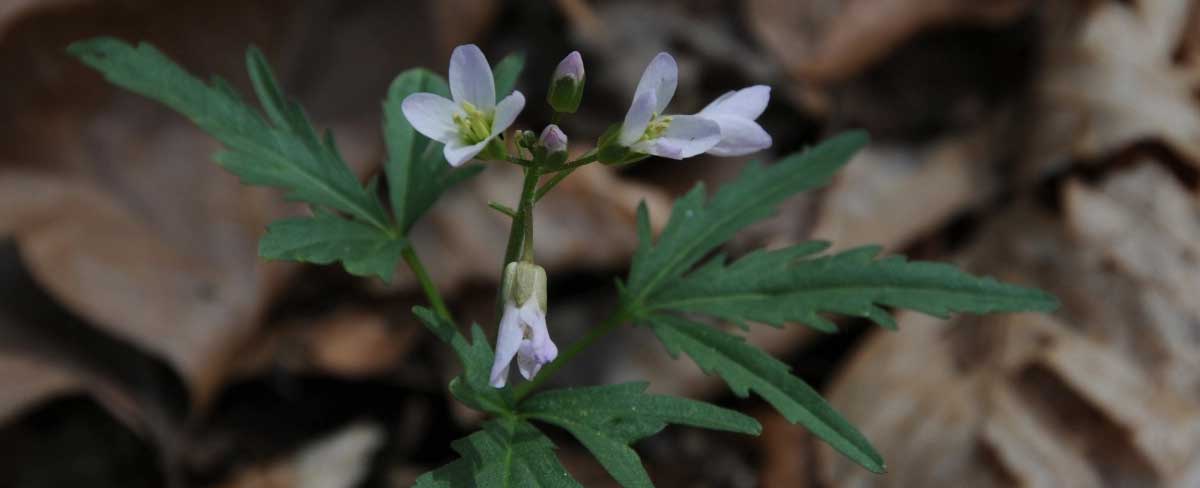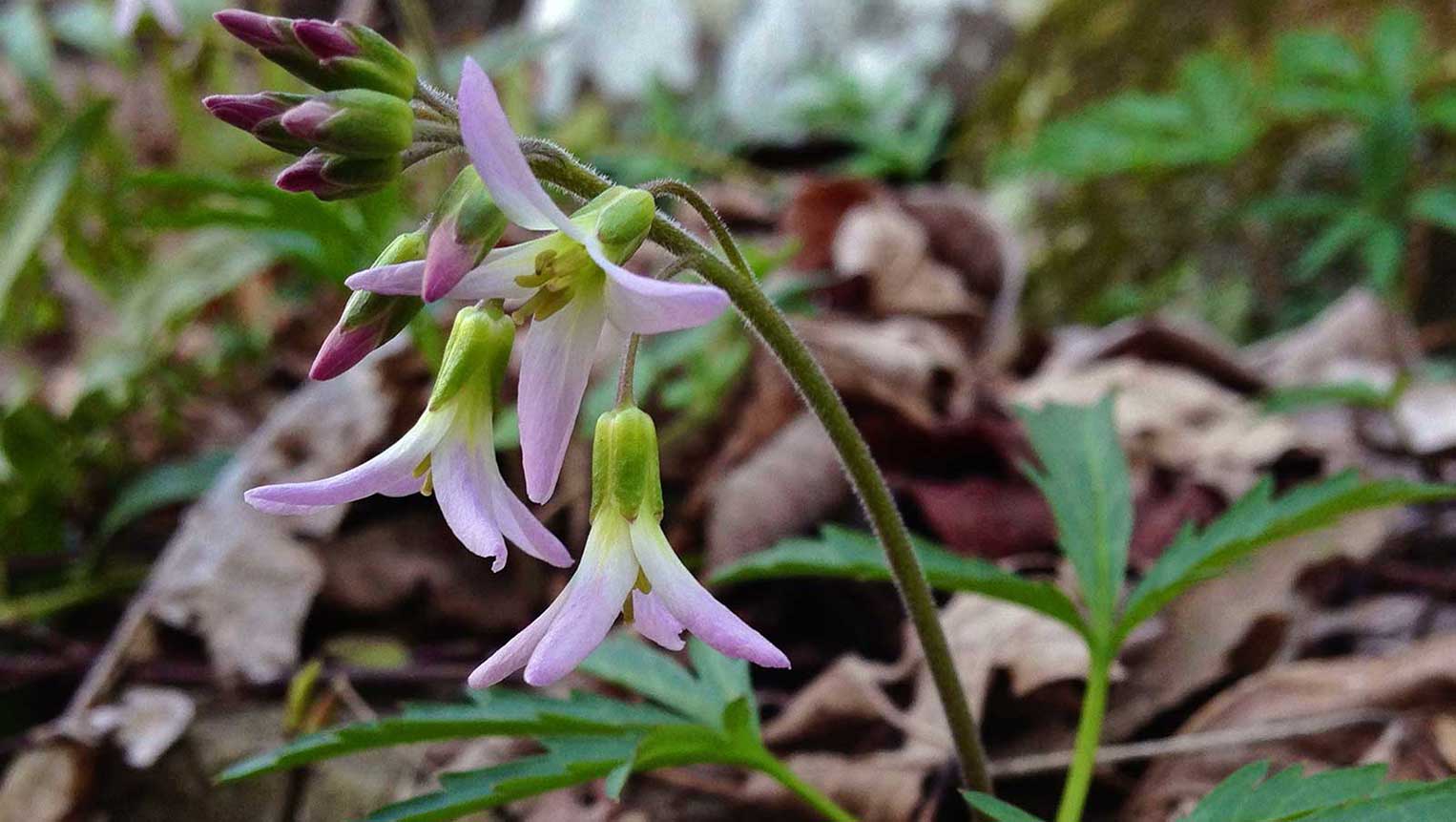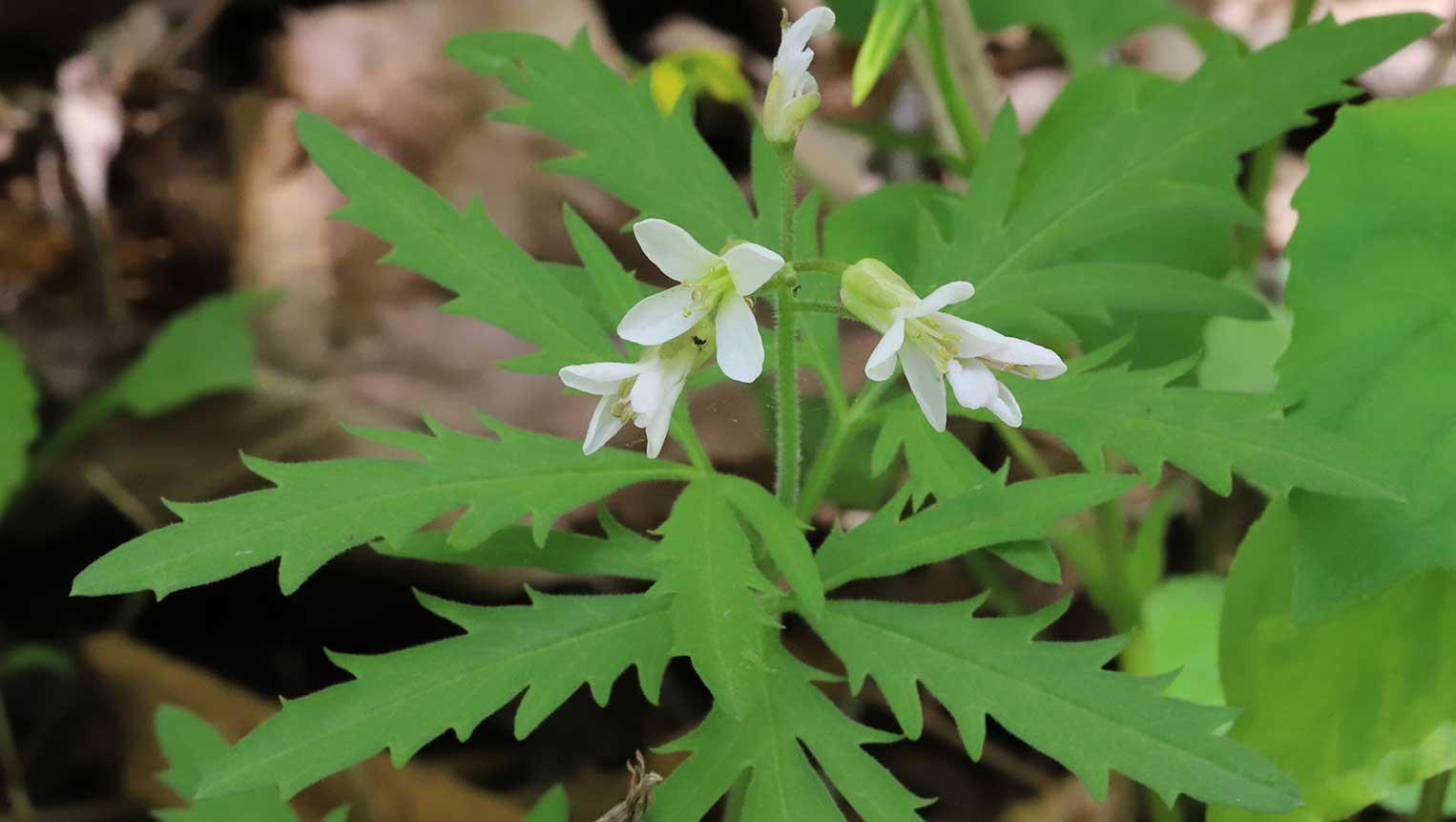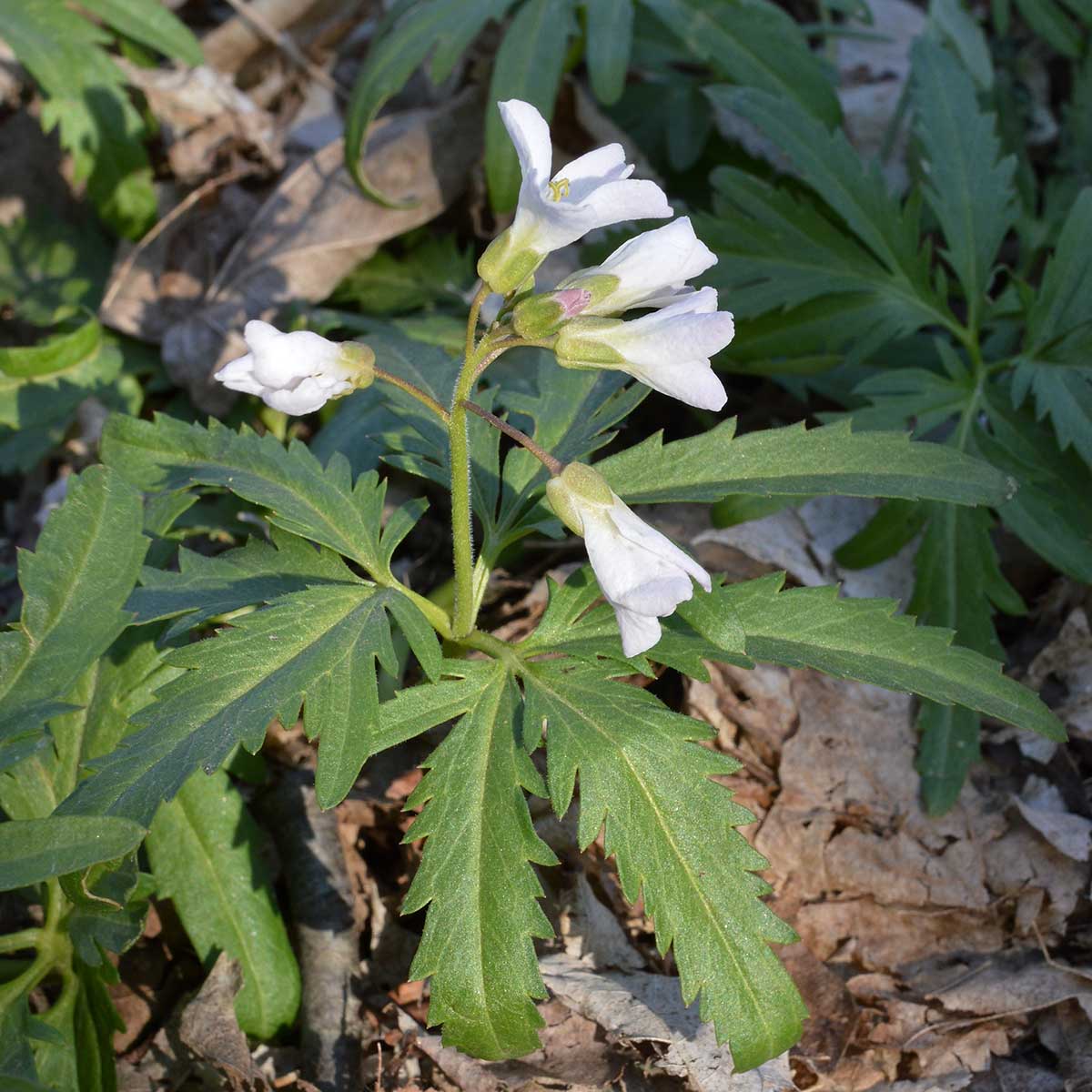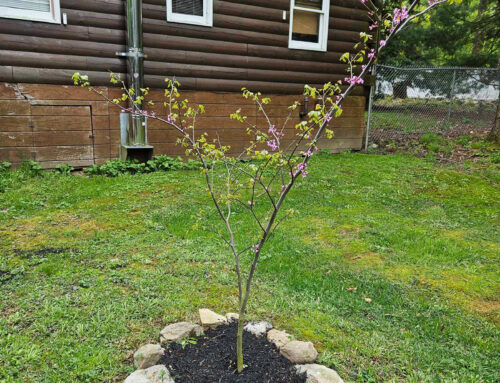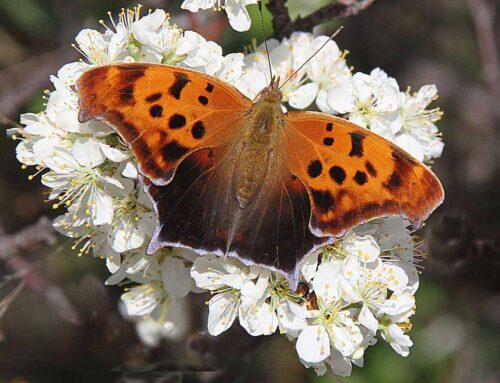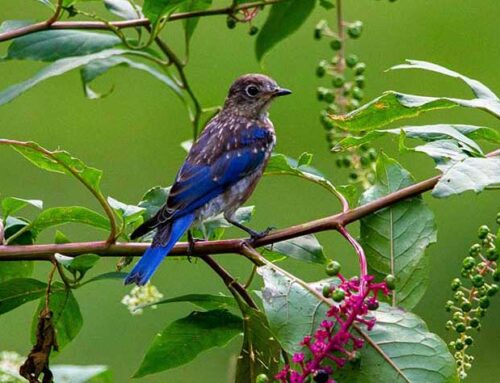Cutleaf Toothwort – cardamine concatenata
Spring Blooming Native Plants
“We have allowed alien plants to replace natives all over the country. Our native animals and plants cannot adapt to this gross and completely unnatural manipulation of their environment in time to negate the consequences. Their only hope for a sustainable future is for us to intervene to right the wrongs that we have perpetrated.”
Cutleaf toothwort, of the genus Cardamine, is within a group of annuals and perennials of the mustard family (Brassicaceae). Having a botanical name of Cardamine concatenata, it is native to much of the eastern half of North America and thrives within zones 3-8. Cardamine concatenata is also one of the earliest blooming spring wildflowers found amidst moist forests and woodland beds.
The common name of toothwort refers to the tooth-like projections on the underground stems, which are leaf scars from the previous seasons growth. The leaves and rhizomes are edible, having a spicy flavor, which inspires another name it is commonly called. That of pepper root and at one time the plants were used medicinally by indigenous peoples.
Stems grow three to ten inches tall from a slim, segmented rhizome where there are tooth-like projections on the root. This perennial’s 6-12 in. stem is topped in a cluster of small, four-petaled pink or white flowers. Terminal clusters of white or pink flowers on an erect stem with deeply cleft leaves. They stand above a whorl of leaves that are deeply divided and coarsely toothed. It comes up early in the spring and goes to flower and seed quickly to take advantage of the lack of deciduous tree cover and the early sunshine. It does well in part shade. It’s a great addition to woodland gardens.
Plant Cutleaf Toothwort slightly below the soil surface, ideally in woodland gardens, wildflower gardens or naturalized areas. Consider establishing it on borders or in a rock garden near late spring and summer perennials that will bloom after its growth season has ended. This member of the mustard family will attract the first of the season’s bees. Sometimes, its nectar will even bring early spring butterflies.
Toothwort blooms in dappled sunlight before the trees fill out and then requires part shade to full shade in summer. Preferring a moist humusy, well-drained soil, medium watering will mimic its native rich deciduous forests, and adding decaying leaves around it underside will provide natural nutrition, eliminating the need for chemical fertilizers.
Cutleaf Toothwort will naturalize by rhizomes and form colonies. Cutleaf toothwort can be propagated from seed or division of the rhizomes when dormant. Seeds should be sown fresh as they lose viability quickly in storage. They require warm conditions followed by cold stratification and it will take 3-4 years for the seedlings to flower. Dig the fragile rhizomes carefully as they easily break into segments.
Duration: Perennial
Habit: Herb
Bloom Color: White , Pink , Purple
Bloom Time: Mar , Apr , May
Bloom Notes: Blooms before deciduous trees have leafed out
Attracts: Butterflies
Water Use: Medium
Light Requirement: Shade
Soil Moisture: Moist
Soil pH: Circumneutral (pH 6.8-7.2)
Soil Description: Rich, mesic to moist soils.
At Lincoln Landscaping cultivating the environment is our life and livelihood. It is our number one goal to help our clients create and maintain beautiful landscapes while reducing the impact on the environment. Whether you are interested in a pollinator landscape garden design and build or other landscaping or property management project; we can create for you an environmentally friendly, organic and beautiful property.
We Create Eco-Systems
Lincoln Landscaping of Franklin Lakes offers complete
organic landscaping, lawn care, turf and property management services.
Lincoln Landscaping “The Natural Choice”
Mike Kolenut President & CEO
https://lincolnlandscapinginc.com
(201) 848-9699

